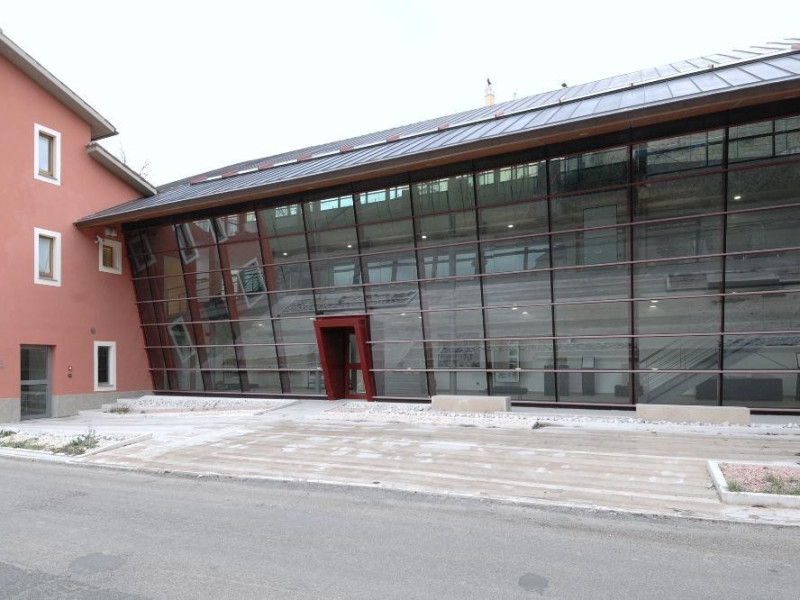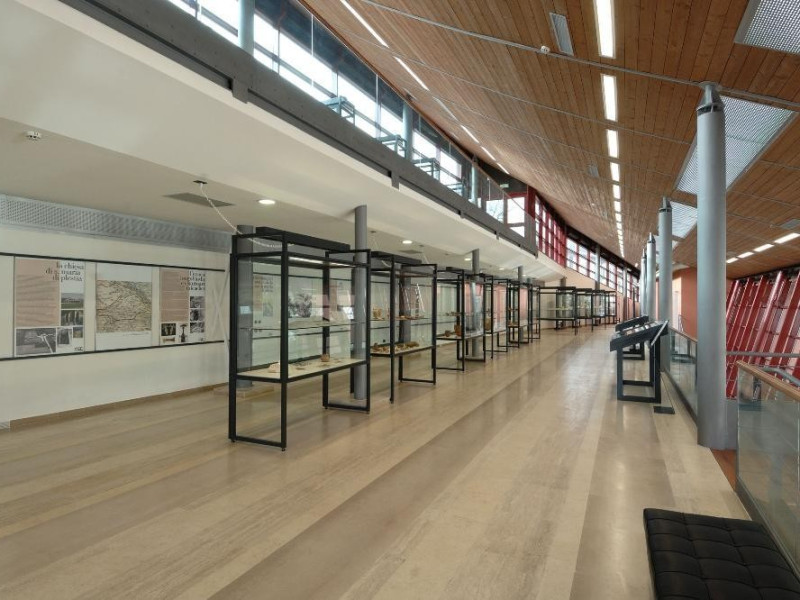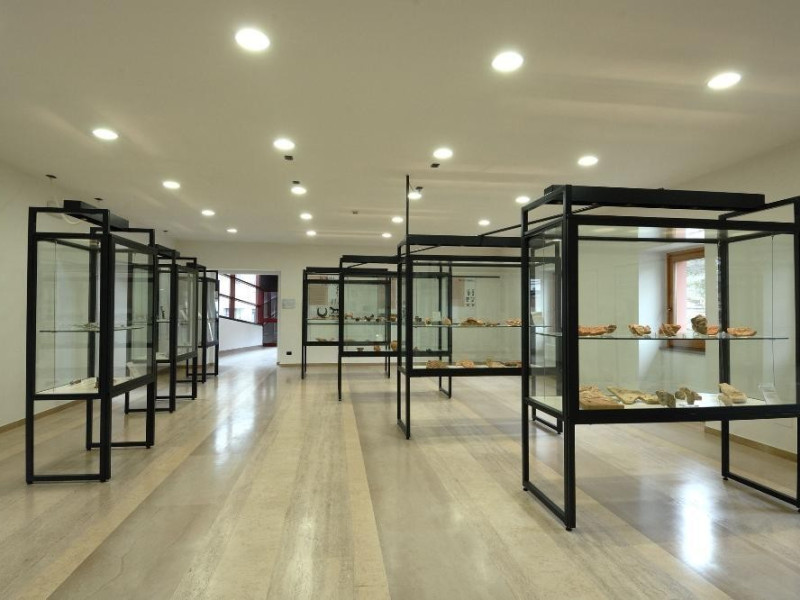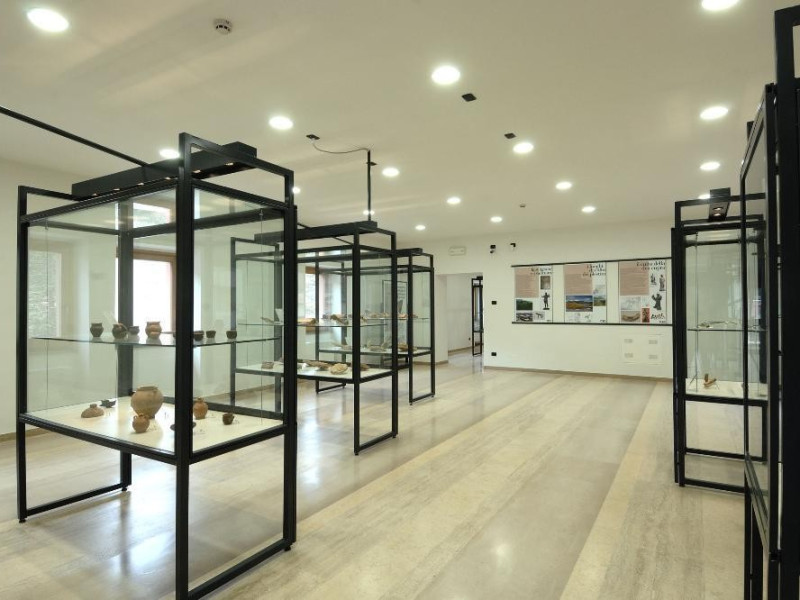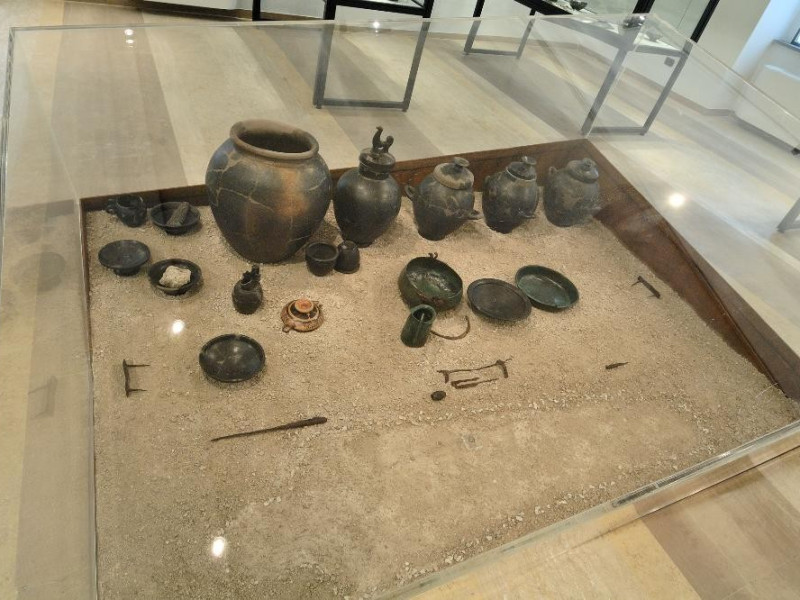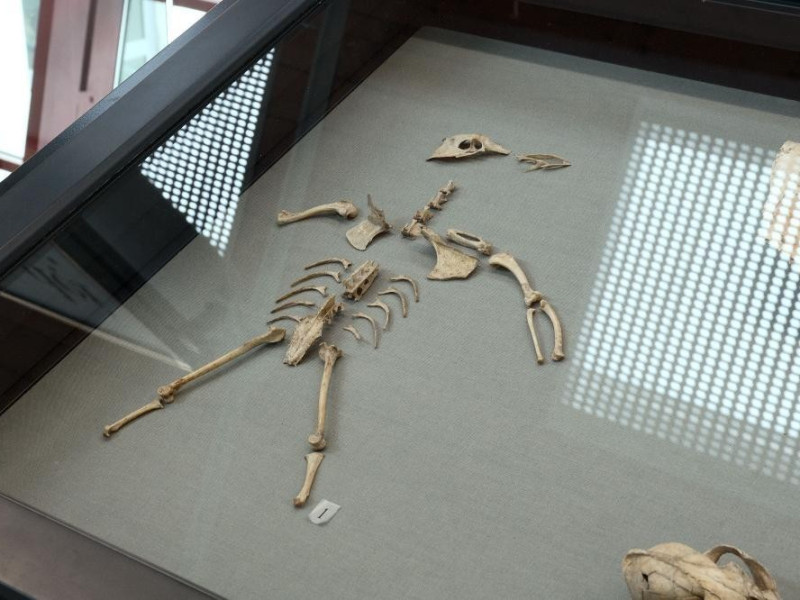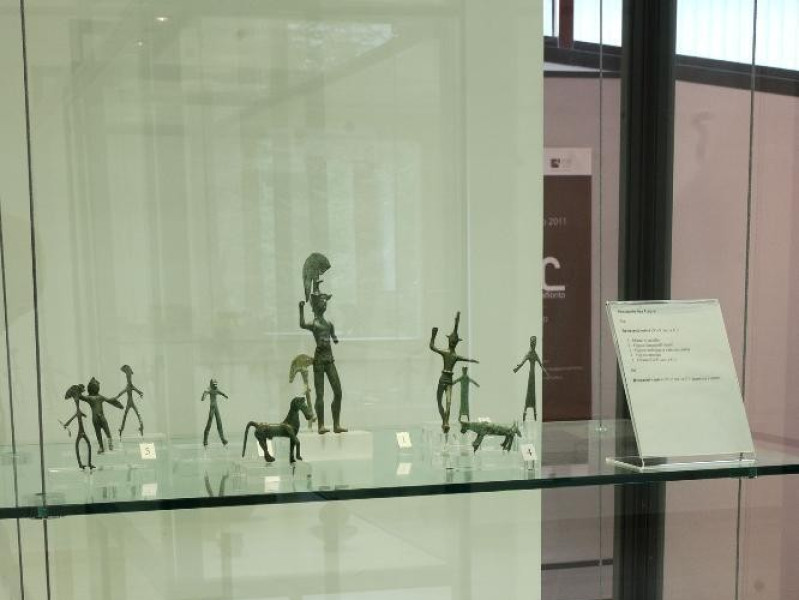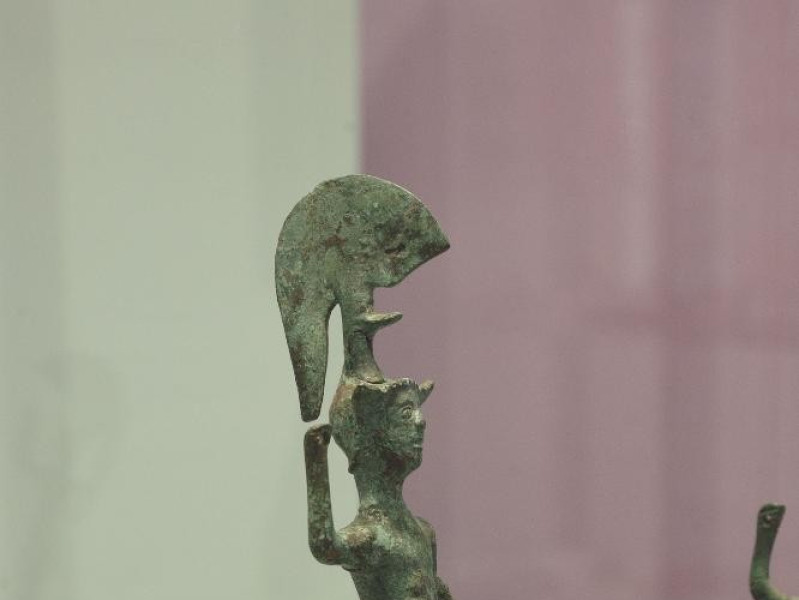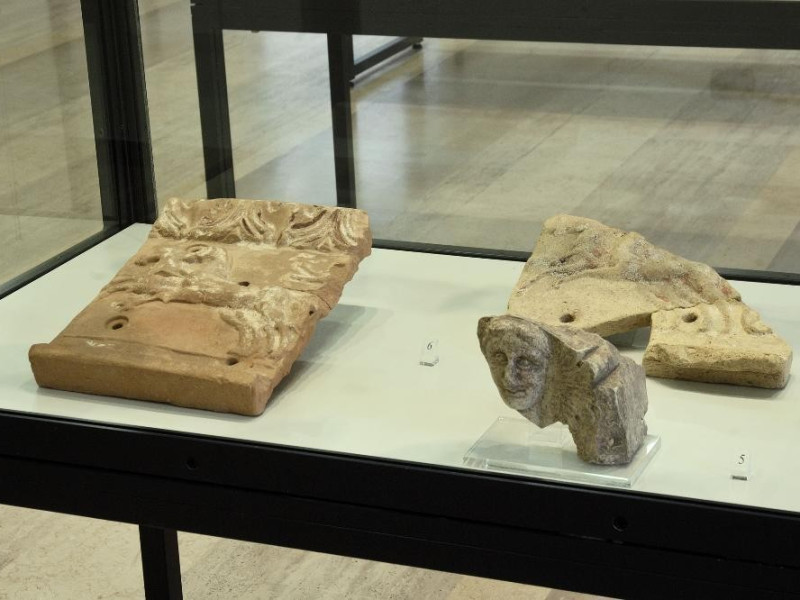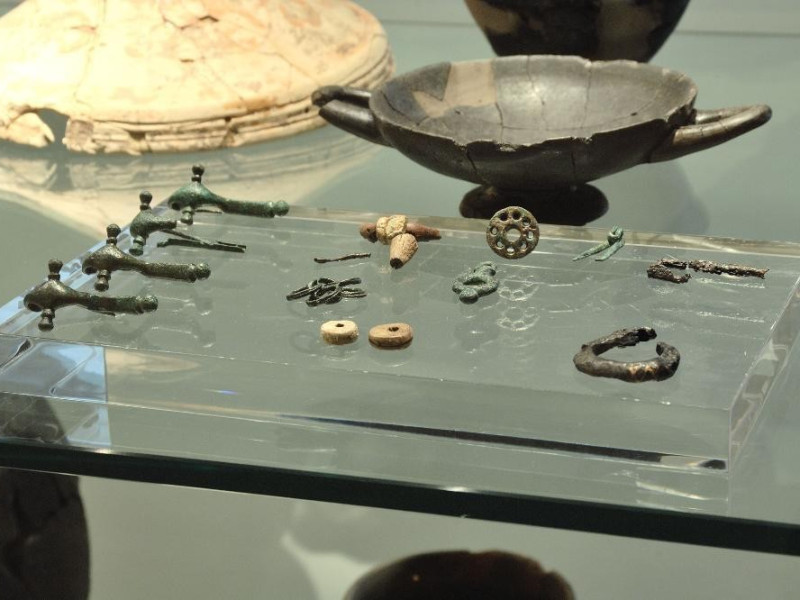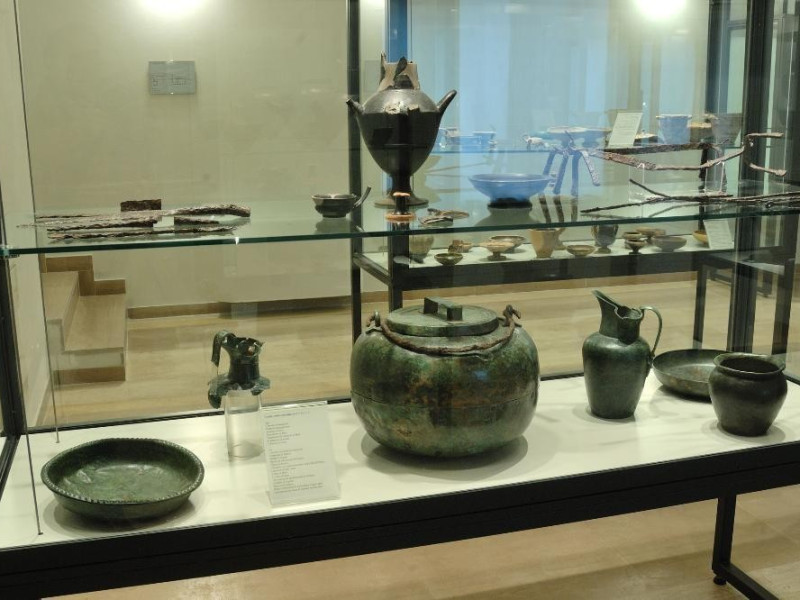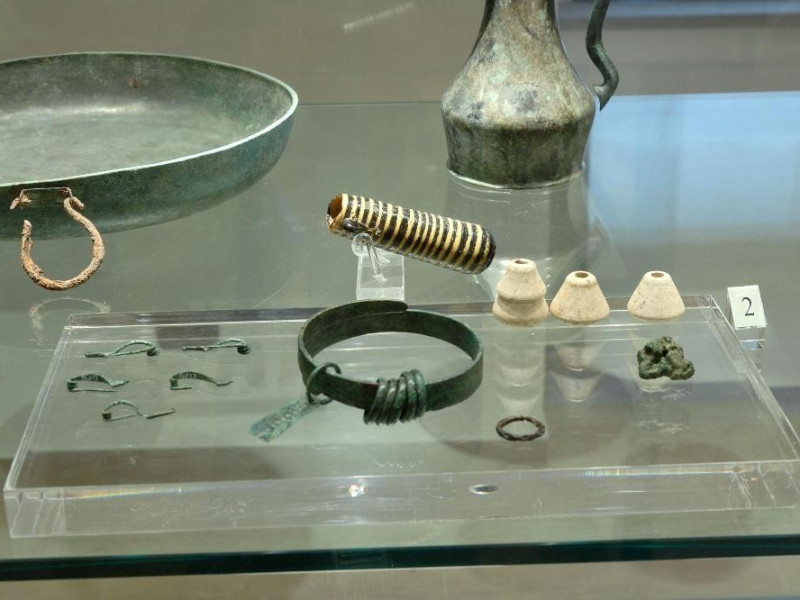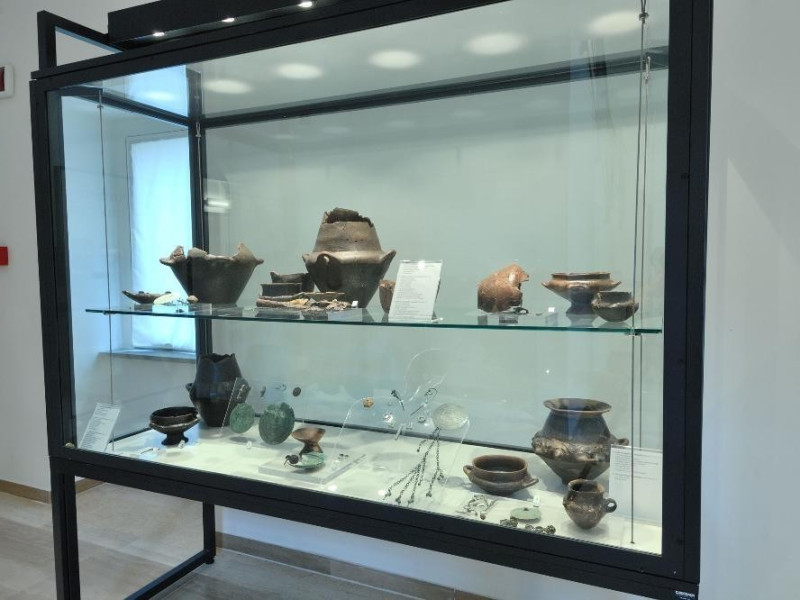Luogo - Museum
Museo archeologico Colfiorito (MAC)
Where
"Le Casermette"- via Adriatica- località Colfiorito, Foligno (Perugia)
“MAC” The Archaeological Museum of Colfiorito
The Museo Archeologico Colfiorito (MAC) is in Colfiorito, a small mountain locality under the Municipality of Foligno, situated along an important ancient route junction connecting Umbria and the Sabin area with the Adriatic Sea.
The visit to the museum represents an occasion to know the dynamics of cultural development in this part of Umbria, in the Apennines, where humans have lived since prehistory, an area that has been steadily settled in by the Plestini—Umbrian people—since the archaic age. The museum itinerary is completed with the visit to the Parco Naturalistico di Colfiorito and to the museum dedicated to it—The Naturalistic Museum of Colfiorito Park—located in the vicinity.
The Archaeological Museum exhibits mainly finds from the excavations done in the area of Colfiorito and its plateau that have been collected since the 1960s. It is dedicated to the Plestini, a population of Umbrian origins that has been documented, especially here, in its most mature period of development, 7th– 5th century B.C. The display is organized in thematic sections where, in addition to the illustrative panels and multimedia stations, there are also reconstructions of the context in which the items and finds were found.
On the Ground Floor of the museum there is the Lapidarium, and its collection consists of stone slab fragments and finds coming from the area of the Roman town of Plestia and the Plestine territory: tubs, cornices and columns, but also inscriptions. The First Floor is entirely dedicated to the Pre-Roman Necropolis of Colfiorito—attended from the 9th to the 3rd century B.C.—together with the display of funerary items and of two re-built tombs in real size. On the Second Floor, the inhabitants of the urban settlements and the sanctuaries are illustrated, in particular the Castelliere of Mount Orve—a typical prehistoric fortified borough of the Bronze and Iron Age—and the Sanctuary dedicated to the Goddess Cupra, from which there are four bronze sheets with inscriptions indicating this goddess as the “mother of the Plestini”. The exhibition itinerary ends with the section dedicated to the urban organization of Plestia and the rustic settlements in the area of the Plateau.
